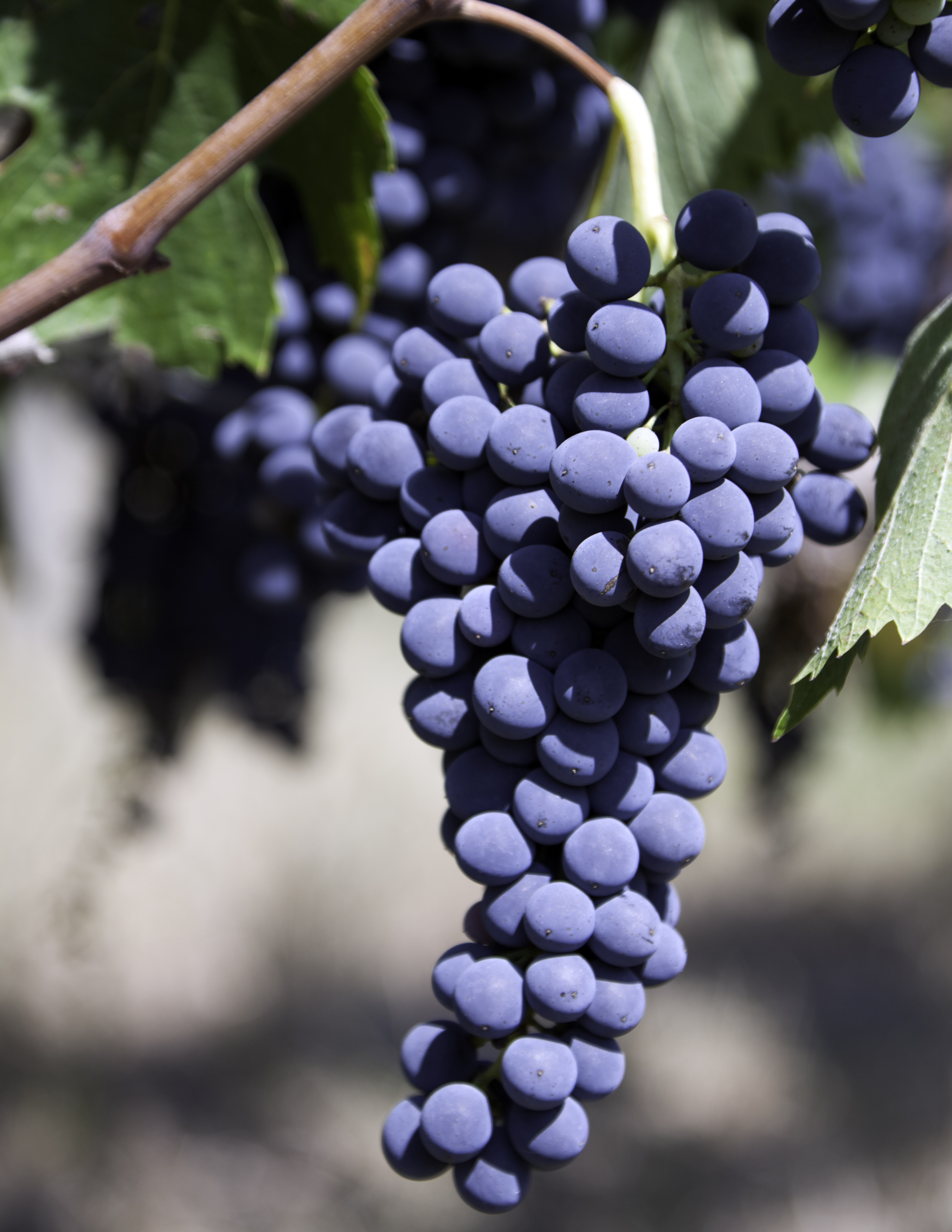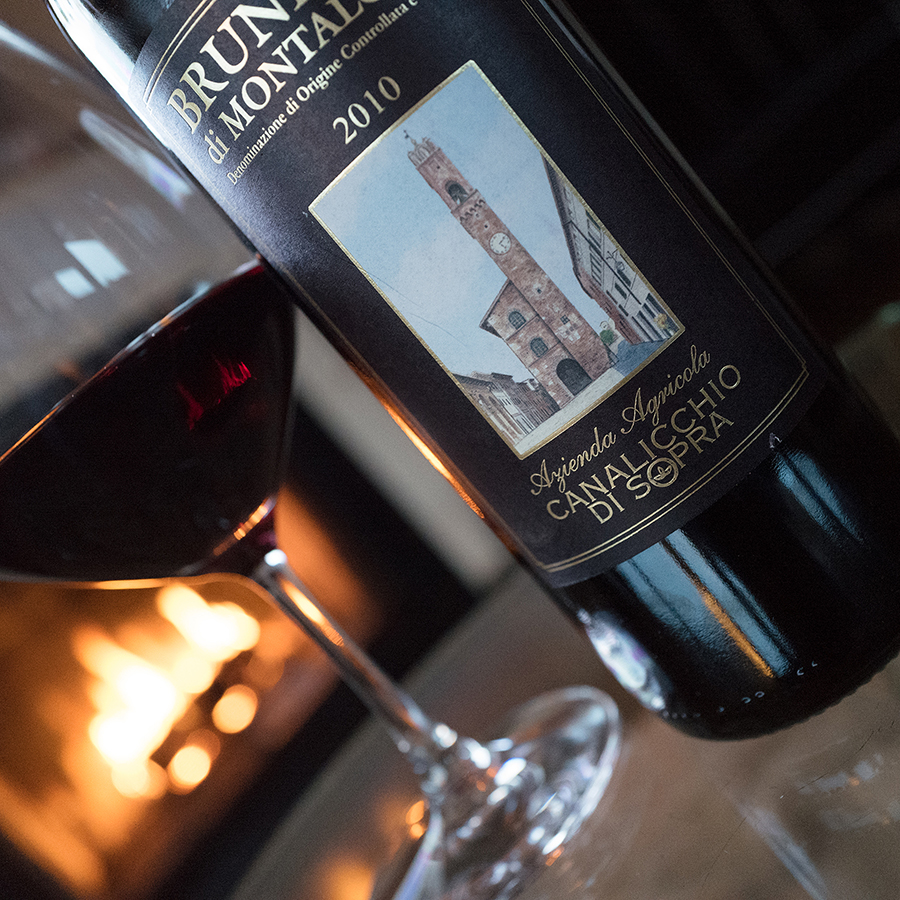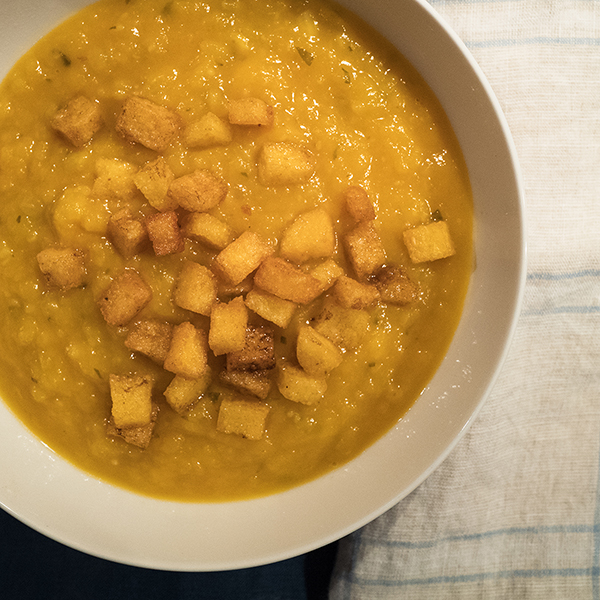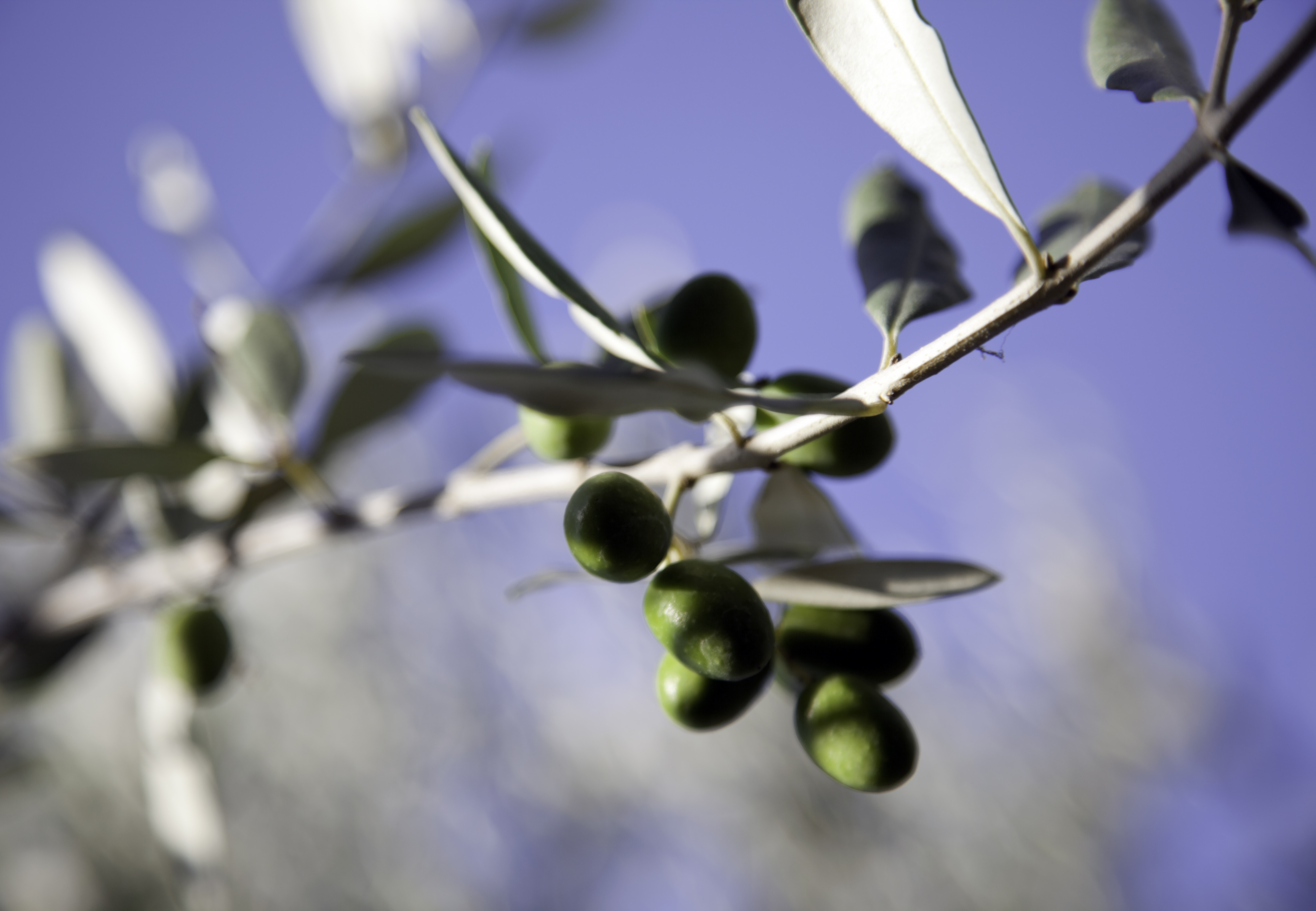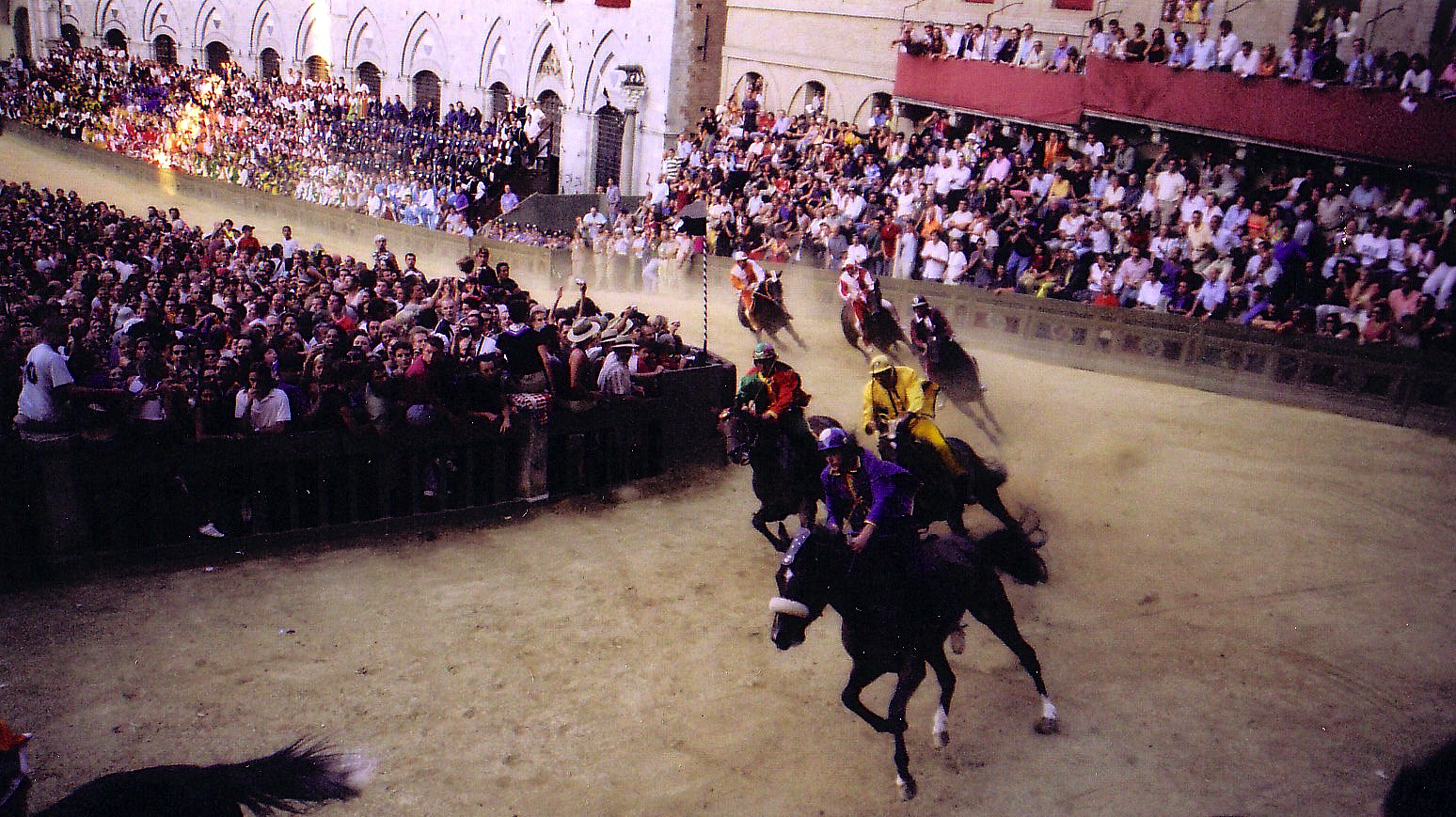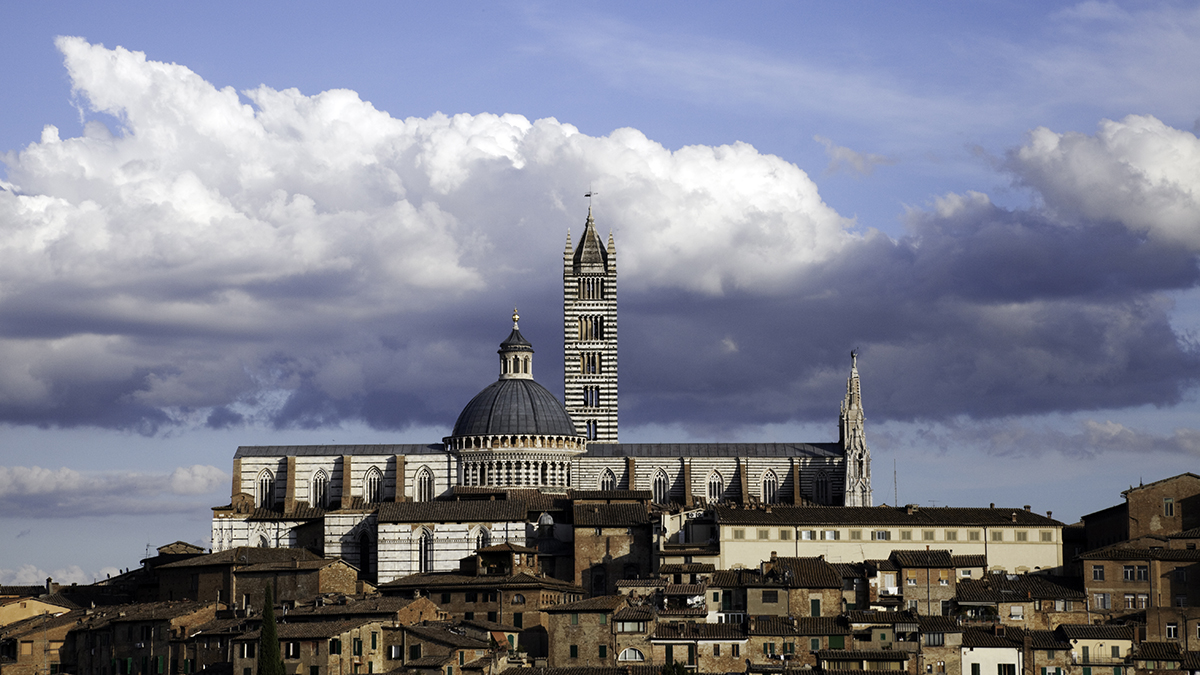Arnolfo
Via XX Settembre 50
Colle Val D’Elsa, SI
PH (39) 0577 920549
www.arnolfo.com
arnolfo@arnolfo.com
Closed Tuesdays & Wednesdays.
Directions: The historic part of Colle Val D’Elsa is small and only for temporary parking. It is best to park in the main parking lot at the base of the town. Via XX Settembre is the main drag leading up the hill, with Arnolfo about halfway to the top, allowing you to burn some calories in preparation for the feast to come.
A short drive southeast from San Gimignano is the town of Colle Val D’Elsa, famous for its production of crystal stemware. Much of Colle Val D’Elsa is industrial, but the upper part called Colle Alta retains the original medieval architecture. Also famous for being the birthplace for Arnolfo di Cambio, a well-known sculptor and architect, the town is now known in the gourmet world as the home of Arnolfo, the 2-Michelin-star restaurant owned by the Trovato brothers, Giovanni, the business manager and Gaetano, the chef.
Dining at Arnolfo is an elaborate experience. The dining room has an intimate, elegant feel, and the service is first rate. I went there with big expectations and a bigger appetite, and they fully delivered. When I was faced with deciding between the fish and meat-tasting menu, I was torn. Giovanni suggested the fish menu, offering to replace one fish dish with one of the restaurant’s signature meat dishes, the Suckling Pig. That sounded like a good compromise to me, but then Gaetano, the chef, interceded. He offered to add the Suckling Pig to the complete fish menu—gratis. Who was I to say no?
The one argument I have heard against Arnolfo is that it isn’t truly Tuscan, as it is too fussy. The whole question of haute cuisine versus rustic fare I’ve always found to be of little significance. There is certainly reason enough to love both—it really depends on your mood. Both cuisines have their place in my heart and stomach. Arnolfo isn’t trying to be a trattoria; it is intentionally more refined (and more pricey). He utilizes French cooking techniques, and yes, the food is as much about sophisticated presentation and texture as it is about flavor. But this is all part of the experience, so if you are looking for simple, rustic dishes and laidback service, perhaps this isn’t the spot for you. However, chef Trovato uses local ingredients, putting an elegant spin on many typically Tuscan dishes like the aforementioned signature dish: Suckling Pig with crispy, flaky skin and juicy pork medallions married with slightly spicy, sweet apples. Squisito!
I don’t know whether it was a slow winter day, or whether I look too thin, but the kitchen kept feeding me beyond the already ambitious tasting menu. Besides the addition of the Suckling Pig to the 7-course fish menu, there was often a “pre-this” and a “post-that.” (I only made it halfway through the second dessert before I realized that no matter how tempting the delicacy before me, I had simply reached my limit.) Each dish was created with the purpose of combining interesting flavors and textures, which made the meal theatrical, unfolding surprises not only between each course, but also within each dish. That is part of the charm of experiencing a tasting menu at Arnolfo.
The wine list is extensive with a wide range of Italians as well as French alternatives. To pair with the fish tasting menu, I went with the Sanct Valentin Sauvignon Blanc from the cooler climate of Alto Adige in Northern Italy. Sauvignon Blanc pairs well with many foods, and Sanct Valentin is a perennial favorite. Forgive me for saying so, but I usually will pick a top white wine from Alto Adige or Friuli over a white wine from Tuscany every day of the week and twice on Sunday!
Below are two hearty recipes from Chef Gaetano that are meant to be served together as a creative take on lamb and potatoes using Tuscan ingredients and fragrant spices.
Author’s note: If you do want to try a local white wine, the only Tuscan white DOCG is Vernaccia Di San Gimignano. Look for the Panizzi label—this winery makes a good quality Vernaccia that is refreshing, flowery, and crisp.
Variazione di Agnello in in Salsa Al Brunello Di Montalcino
Rack of Lamb 2 Ways in Brunello Di Montalcino Sauce
Secondo Piatto (Main dish)
Servings: 4-6
2 racks of lamb with 8 ribs each (ask your butcher to de-bone and butterfly one of the racks for you).
1 cup pitted and finely chopped Tagiasca olives (alternatively use Nicoise Olives)
20 leaves finely chopped basil
2 large cloves coarsely chopped garlic
1 fresh rosemary branch
2 tablespoons extra virgin olive oil
Culinary string
For the sauce:
2 tablespoons extra virgin olive oil
2 medium-sized coarsely chopped yellow onions
1 teaspoon whole cloves
1 whole 3-inch cinnamon stick
1 whole star anise (alternatively use teaspoon of ground anise)
1 bay leaf
2 whole peppercorns
2 dried juniper berries
1/2 bottle Brunello di Montalcino
2 cups veal stock
Mix the basil and chopped olives together. Unroll and flatten the butterflied rack of lamb and spread the basil and olive mix evenly on the inside portion (fatty side facing out). Roll it tightly, and tie with string every 1-1/2 inch.
Sprinkle salt and pepper to taste on both racks and rub the seasoning into the lamb.
Place oven rack on center height, and preheat the oven to 420˚ F.
In a large ovenproof Dutch oven (5 quart recommended) fry the onions for 8–10 minutes or until soft and translucent. Add the cloves, cinnamon, anise, bay leaf, peppercorns, juniper berries, and star anise along with the Brunello di Montalcino. Cook on medium heat with the pan uncovered, allowing the alcohol in the wine to evaporate and reduce (approximately 5–7 minutes). Add the veal stock and continue to reduce on low to medium heat (additional 10 minutes), or until it becomes more viscous.
Meanwhile, in a separate large frying pan, heat the olive oil with the garlic and rosemary. Sear both rack of lamb on high heat for 2 minutes on all sides, browning the outside. (Discard garlic and rosemary.)
Add the lamb to the sauce, cover the saucepan and put in oven. Cook for 12–18 minutes (12 for rare, 18 for medium for the bone-in rack). Remove the bone-in rack of lamb first, and allow the stuffed rack to continue to cook for an additional 5 minutes.
After removing from pan, let the lamb sit for 5–7 minutes covered in foil before slicing. Meanwhile, pass the sauce through a sieve removing the solids, and pour over the carved meat piping hot. Enjoy.
Patate Ripiene Con Tartufi Neri
Double Stuffed Black Truffle Potatoes
Contorno (Side dish)
Servings: 4
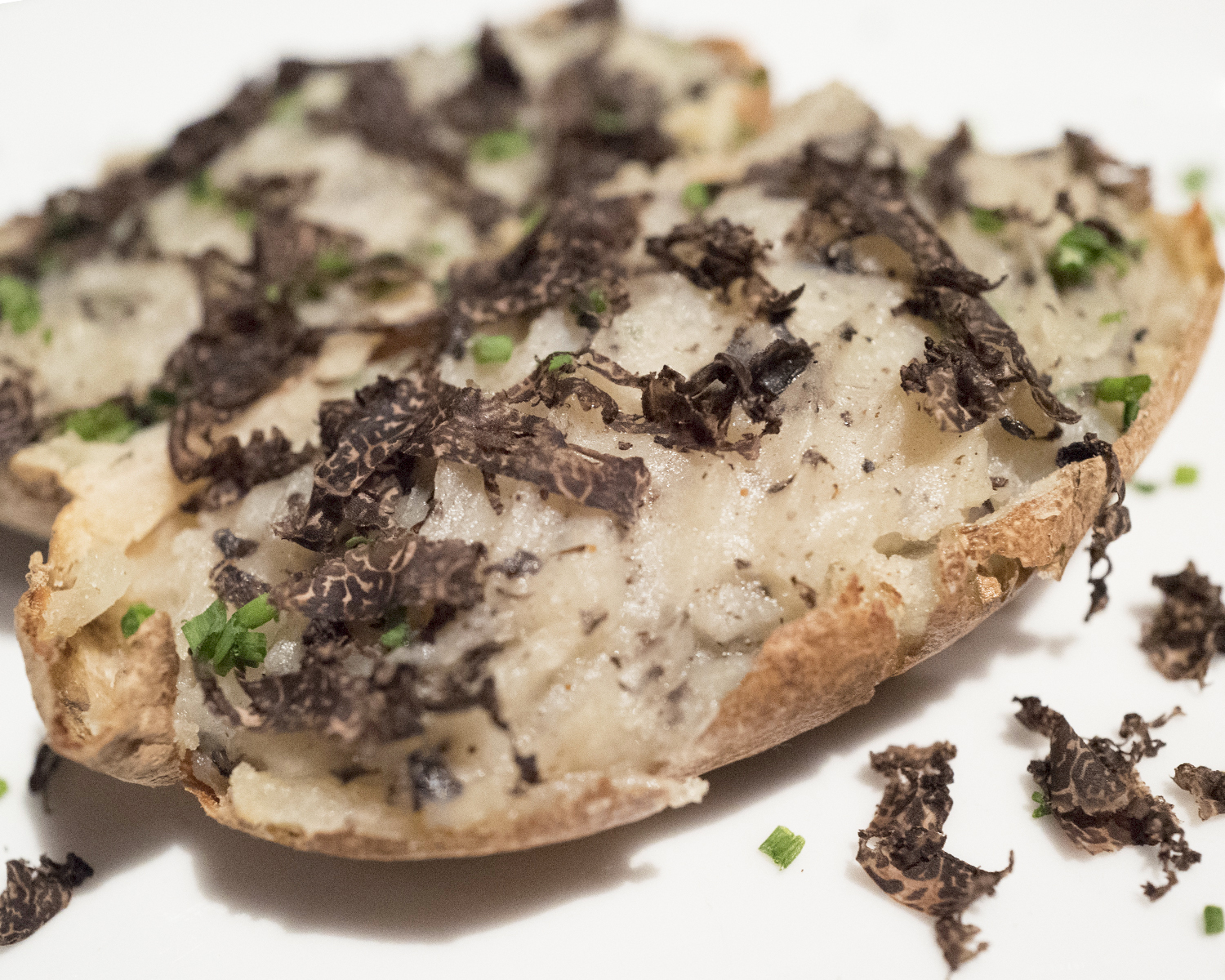
4 large russet potatoes
1/2 stick unsalted butter (1/4 cup)
1/4 cup shaved black truffles
1/3 cup cream
1 tablespoon diced chives
1/2 teaspoon nutmeg
Salt and pepper to taste
Preheat oven to 400˚ F and set the oven rack to center height. Wash the outer skin of the potatoes, poke several times with a fork, and cook for approximately one hour. Test the potatoes by pushing a toothpick through the thickest portion of the potato. It should reach the center with little resistance.
Allow the potatoes to cool for 5 minutes. Cut the potato in half lengthwise. Using a spoon, scoop out the pulp of the potato. In a bowl mix the pulp with the cream, butter, nutmeg, chives, and the truffles (leave enough truffle to dress the potatoes) and roughly mash or “smash” the potatoes with a fork until all ingredients are evenly combined. Add salt and pepper to taste.
Using a small spoon, re-stuff the potato skins with potato pulp, and bake at 350˚ F for 20 minutes. Dress the top of the potatoes with the remaining black truffle. Serve immediately.
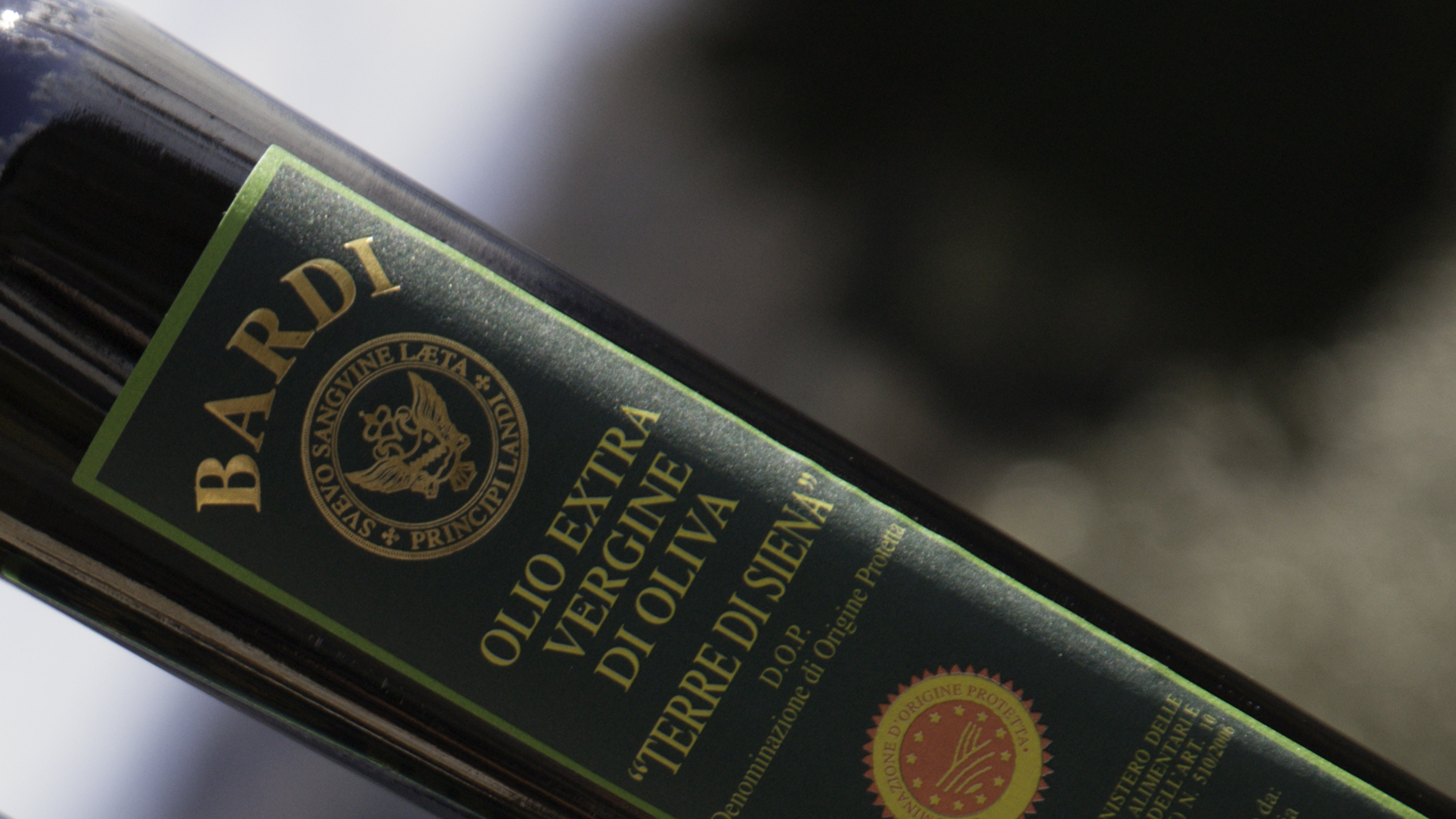

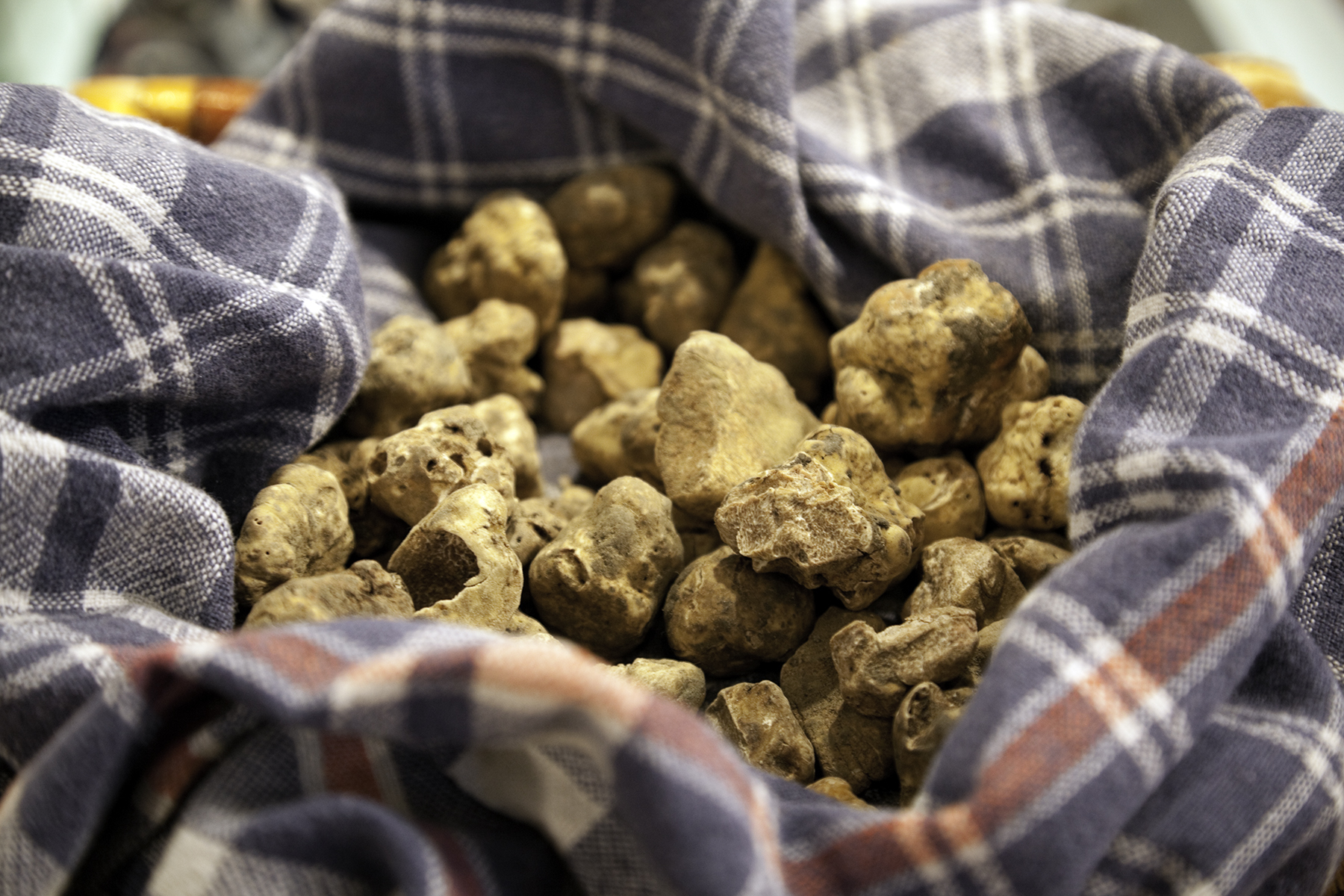
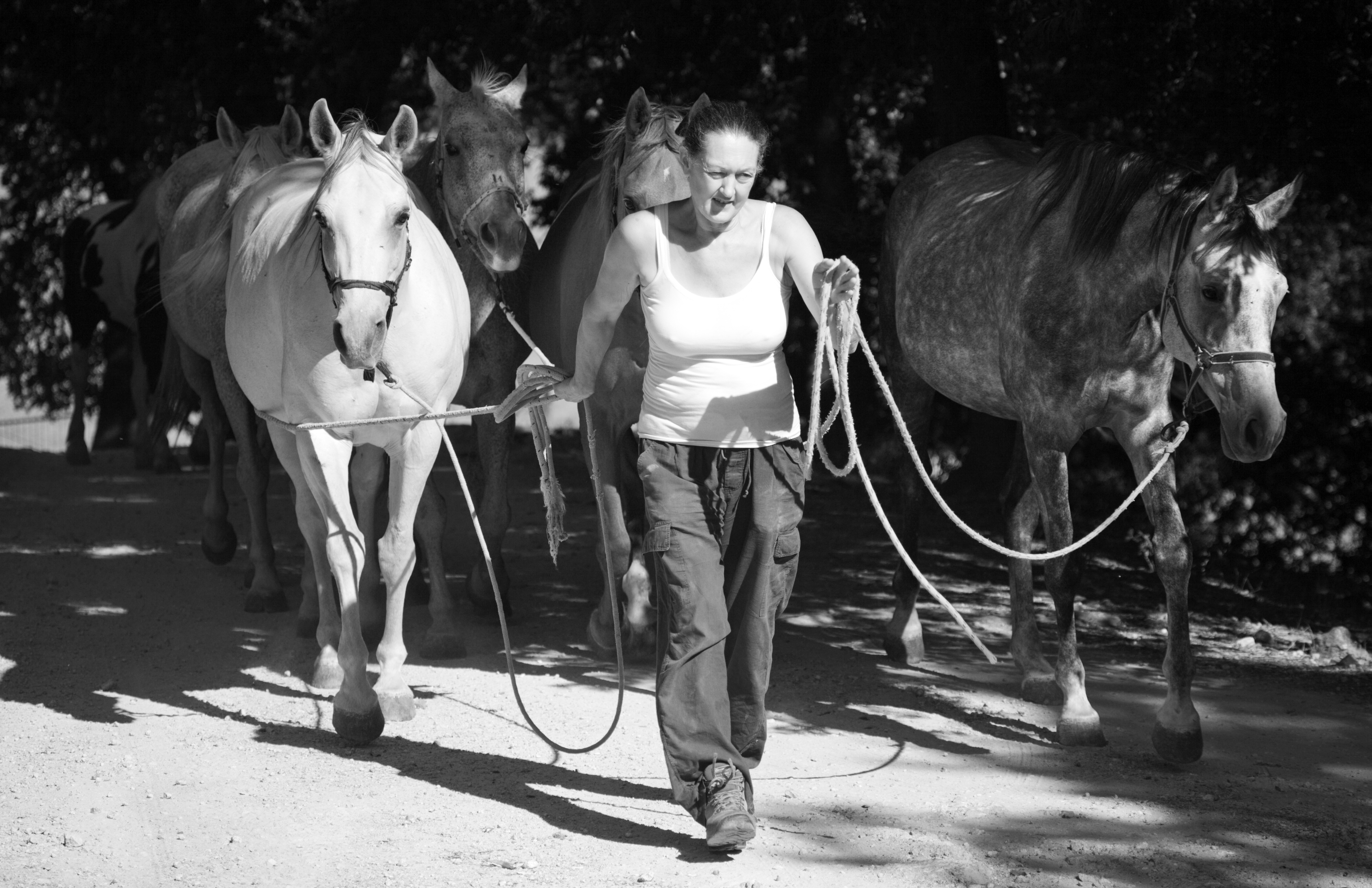 Just south of Siena, the Val D’Arbia is defined by expansive views, farmland, and undulating hills that change color depending on the season and the crop. It is the source of many delicious artisanal foods, including amazing goat cheese, white truffles, and excellent olive oil. There are many quaint medieval hamlets, and a landscape capped with the whitish outcrops of the Crete Senesi. With rolling hills dotted by solitary clumps of juniper and cypress trees, afternoon shadows create a unique panorama that stirs the imagination.
Just south of Siena, the Val D’Arbia is defined by expansive views, farmland, and undulating hills that change color depending on the season and the crop. It is the source of many delicious artisanal foods, including amazing goat cheese, white truffles, and excellent olive oil. There are many quaint medieval hamlets, and a landscape capped with the whitish outcrops of the Crete Senesi. With rolling hills dotted by solitary clumps of juniper and cypress trees, afternoon shadows create a unique panorama that stirs the imagination.